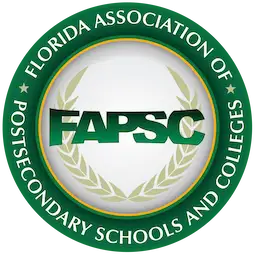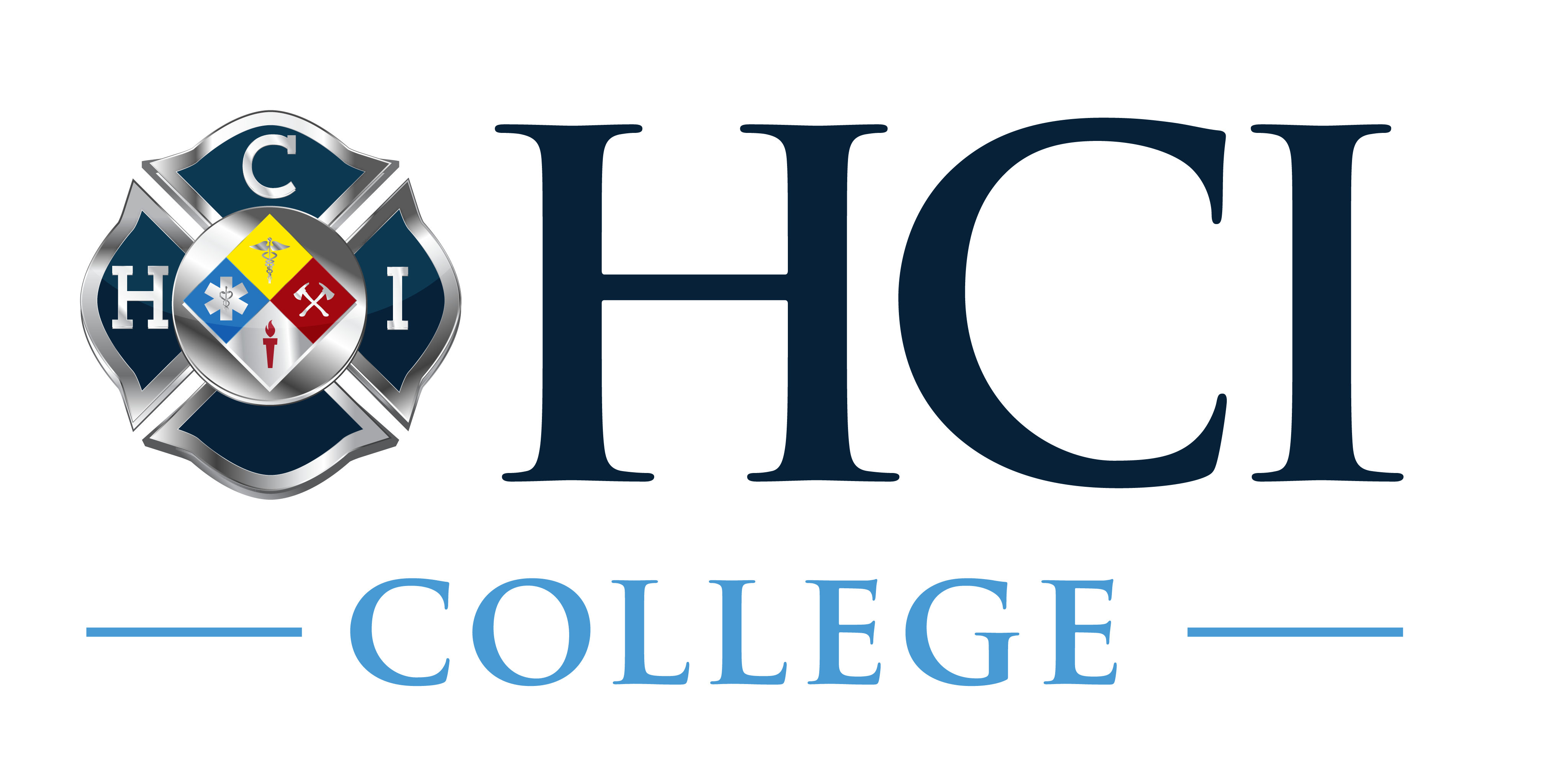Unlocking Your Potential: A Guide to Loans for Technical Education
Higher education can be a great investment in your future. However, the cost of post-secondary education can be a significant barrier for many students. College education has become inaccessible for many, mainly due to rising costs. According to the latest U.S. News & World Report data, depending on the type of university, tuition costs have increased between 134% and 175% from two decades ago.
A College Savings & Student Debt survey in 2021 showed that 37% of high school students ranked cost among the determining factors when choosing their college. Seventeen percent of them will need student loans.
Students choosing secondary education have a lot on their minds. Here are some of the top considerations.
While a technical education provides a more affordable option than traditional three- or four-year college programs, not everyone will have the resources to enroll in a technical school either. That’s why it’s critical to find financing options available for technical education.
What Types of Financing Are Available for Technical Education?
Many different types of financing are available for technical school students. Here are five types to consider:
- Federal Direct Loans
The federal government provides Direct Loans to students who qualify for financial aid. These are available to undergraduate and graduate students and offer several benefits.
Many students prefer to take out federal loans because they have lower interest rates compared to private lenders—and they offer flexible repayment schedules and have deferment and forbearance options. This allows borrowers to postpone or reduce their monthly payments under certain circumstances.
Eligibility for Federal Direct Loans is not based on credit history. Borrowers with limited credit history—or even poor credit—can still qualify.
- Private Student Loans
Private lenders such as banks, credit unions, and online lenders offer these types of student loans. Private student loans typically have higher interest rates and may require a co-signer.
However, they can be a good alternative for students with limited financing options. They are also a good option for students who need to borrow more than what the federal loan limits allow.
- Parent PLUS Loans
Parent PLUS loans are available to parents of dependent undergraduate students. They offer fixed interest rates and flexible repayment options.
Parents can borrow up to the cost of attendance minus any other financial aid their child receives. However, unlike Federal Direct Loans, Parent PLUS loans require a credit check and the interest rate may be higher.
- Career and Technical Education Loans
Career and technical education loans are private loans specifically for students pursuing technical education or vocational training.
These student loans have similar terms and conditions to private student loans. They sometimes offer more flexible repayment options than other types of private loans. However, they may have higher interest rates and may require a co-signer.
- Grants and Scholarships
Grants and scholarships aren’t loans, but cash awards that you do not need to repay. However, they may also demand an exchange from students, including things like maintaining a certain GPA or serving in the school or organization in some capacity.
Several institutions also offer scholarships or work-study opportunities for students who need financial help.
How to Apply for a Technical Education Loan
Here are the general steps to apply for a technical education loan:
Research Loan Options
Research and carefully consider the different types of loans available for your technical education. Compare interest rates, repayment terms, and eligibility requirements to find the best fit for your financial situation.
Complete the FAFSA
The Free Application for Federal Student Aid (FAFSA) is a critical step, as it determines your eligibility for federal student aid. Many states and schools also use the FAFSA to determine eligibility for state-funded financial aid programs.
You’ll receive a Student Aid Report (SAR), which contains the Expected Family Contribution (EFC) and eligibility for different types of financial aid. Schools and lenders will use this information to create a personalized financial aid package that fits your financial situation.
Gather the Required Documents
Provide documentation to support your loan application. Some of the documents you will need include your social security number and driver’s license. You may also need to submit income tax returns and financial statements.
Apply for the Loan
For Federal Direct Loans, apply through the U.S. Department of Education’s Federal Student Aid website. Some private lenders allow online applications, but others may require you to visit their office for assessment. If you’re applying for a private loan, visit the lender’s website and follow the steps on how to apply.
Review and Accept the Terms
After you submit your loan application, the lender will offer terms such as the interest rate and repayment schedule. Carefully review these terms to understand the loan agreement before accepting the loan.
Keep track of your loan repayment terms and any changes that occur over time. Remember to borrow only what you need and to carefully consider the impact of taking on student loan debt for your future financial situation.
Compare and Choose the Best Technical Education Loan
Getting a technical education has many benefits. Don’t let finances hinder you from achieving your goals. Take time to research which schools or organizations can provide you with the best program for you. Weigh your options, and make a plan for your future!
If you’re unsure of your next steps, don’t hesitate to consult your college for assistance.
Explore the many programs at HCI College to find courses you can take to secure your financial future and achieve your career aspirations.
If you found this article useful, please share it with your friends.















